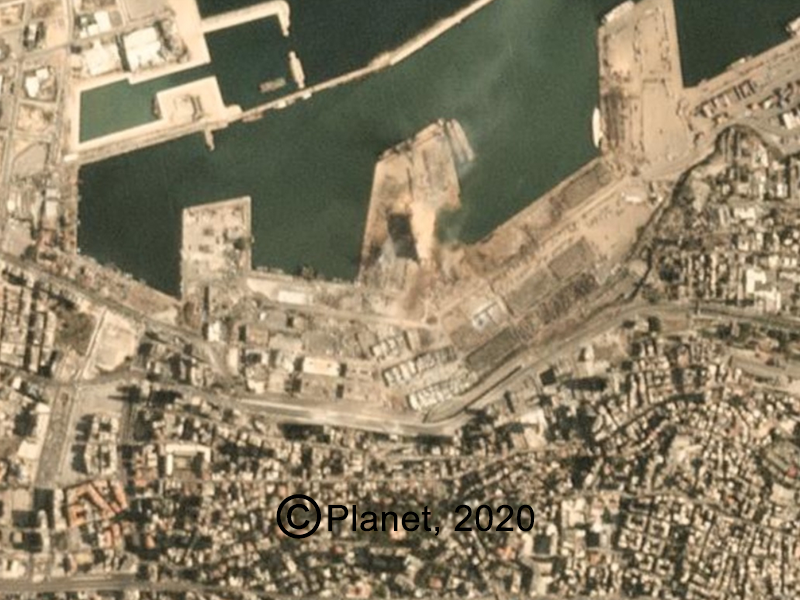
Zeina Al Hajj, Director of Greenpeace MENA.
Dear minister Boustany,
As a female environmental activist, it is good to see the role of the ministry of energy held by a female who has been following the work of the ministry since 2010 and thus well positioned to move things around. I am addressing you as a Lebanese citizen demanding her basic right to clean, cheap and reliable round the clock electricity. We can read in the ministerial statement the responsibility that you have taken forward and we hope our letter will be an appeal to move the implementation of a serious revolution within the ministry to roll out renewables energy in Lebanon.
Lebanon’s current power plants, that are still stuck in the stone age, are fed with some of the most archaic fossil fuels: Heavy fuel oil and diesel. Not only are they old and inefficient, but our power plants are also polluting and dangerous. We are still relying on polluting fuel to generate insufficient and subsidised electricity which is costing the government up to 1.5 billion USD a year. Hard to do worse… And to add insult to injury, our 1GW power gap is filled by private diesel generators spread out between our homes releasing their toxic emissions right under our noses.
Back in november, Greenpeace made headlines in Lebanon when it released a global NOx air pollution report that ranked Jounieh as the 5th most polluted arab city and 23rd worldwide. The analysis revealed that almost the entirety of the country is exposed to dangerous level of NOx, a pollutant that originates from burning fossil fuel and is responsible for a swarm of premature deaths around the world (Data from Europe reveals that around 75,000 Europeans die every year due to these emissions).
Fortunately, there is an obvious solution to our electricity and pollution woes. The energy gap could be primarily filled by our most abundant energy source: our sun! Solar energy does not pollute, is cheap, provides jobs and could be fastly deployed both at a micro and macro scale. It is a perfect solution!
In Lebanon, the solar energy sector has been steadily but slowly growing these past years reaching a capacity of 35 MW producing only 0.35% of the total annual electricity generation by EDL. This is far too low… it is time to initiate a massive and fast deployment of renewable energy projects, upgrade the infrastructure and support our young talents investing in renewables.
2017 was a record year for renewable energies globally with 157 Gigawatts of renewable power commissioned. This is twice the capacity of new fossil fuel energy projects for that same year! Solar energy is now cheap; prices have reached a record low of less than 3 US cents per KWh while EDL is producing electricity from dirty oil at around 14 US cents the KWh and selling it at lost at 9 US cents the KWh. Studies show that the renewable energy sector could provide more than 20,000 job opportunities by 2021 in Lebanon. We just need to look across the Mediterranean for inspiration: The “energy poor” kingdom of Morocco is developing one of the world’s biggest solar park and is on track to reach its target of 52% renewable energy by 2030!
Renewable energy is no longer perceived as a futuristic elitist technology. It has become now mainstreamed and will be the main source of energy in the near future. The good news is that our past failures can be turned into resounding successes. The power gap currently plaguing us could be our opportunity to leapfrog into the renewable energy era. Imagine a Lebanon powered by wind farms, solar power plants and solar panels on our roofs. It does not have to be a dream, it should be a necessary reality!
Mrs. Boustani, Will you lead Lebanon into its renewable energy revolution?
Zeina Al Hajj
* the writer of this article is the Director of Greenpeace MENA, a regional office for Greenpeace working across all arab speaking countries. Zeina is based in Beirut.
@NadaBoustani fixing the electricity problem in #lebanon will require a renewable energy revolution. Will you lead it? https://t.co/tTfH0Cw8aT via @dailystarleb
— Zeina Khalil Hajj (@zeinaalhajj) February 19, 2019
This article was published simultaneously on Annahar, L’Orient Le Jour, and The Daily Star.



